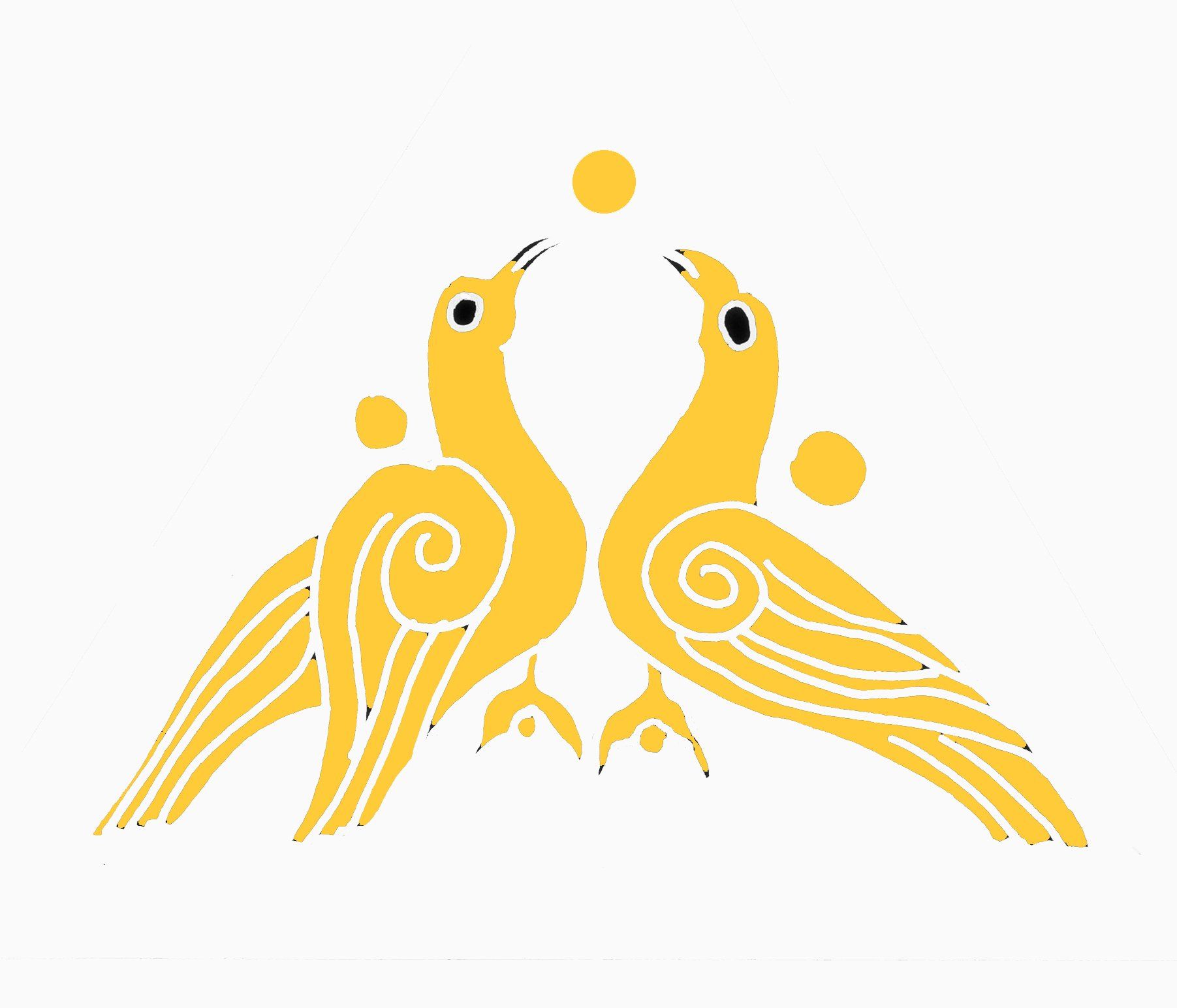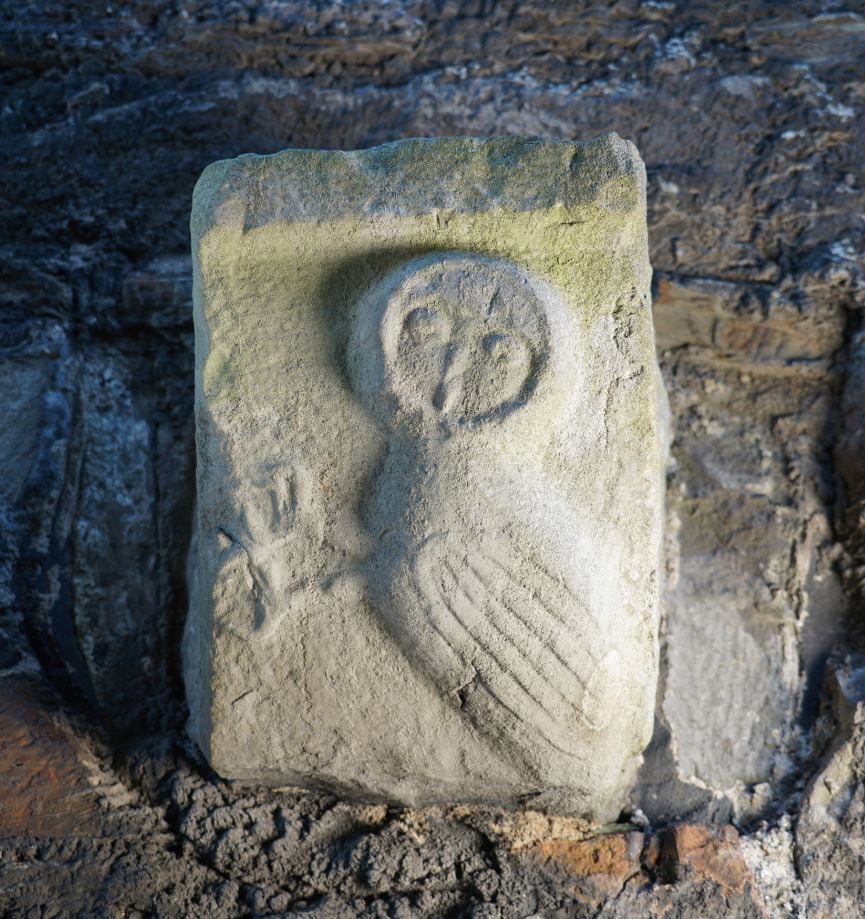1394 - Richard II and Ireland
In the years after Lionel of Antwerp, duke of Clarence, left Ireland, the Anglo-Irish colony became gradually destabilised by an increasingly restless Gaelic population. Yet, it wasn’t the more distant Gaelic areas of Connaught and Ulster that posed the greatest threat. Large parts of Leinster had suffered most from the neglect of absentee English landlords, and the local Gaelic families had filled the vacuum, most notably the O’Moores and O’Connors of Laois and Offaly, and the MacMurroughs and O’Byrnes in the adjoining parts of Carlow, Wexford and Wicklow. For nearly two centuries, the Gaelic families in these areas had frequently menaced the English colony, but infighting had prevented any serious alliance that might pose a serious threat.
Richard II was born on January 6th, 1367 at Bordeaux, less than a year after the infamous Statutes of Kilkenny. With the death of his grandfather Edward III, Richard became king in 1377 at the age of 10. This coincided with the emergence in Leinster of one figure who was finally able to unify the various Gaelic families throughout the region. This man was Art Óg Mac Murchadha Caomhánach, or Art MacMurrough-Kavanagh. He adopted the title of king of Leinster, as many of his predecessors had, but for the first time since the death of Diarmaid Mac Murchadha in 1171, the Gaelic of Leinster had a king that struck fear within the hearts and heartlands of the Anglo-Irish colony. He was also able to forge alliances with the O’Carrolls and MacGillapatrick’s of north Munster, and even the O’Brien’s of Thomond west of the Shannon. The English government in Ireland simply did not have the military resources to overpower the rebellious Gaelic families. Instead, it opted for the cheaper policy of buying off the main protagonists, by literally paying them to stay quiet.
Art MacMurrough-Kavanagh was opportunistic in that he recognised military strength brought power, land and money. There were instances when he worked closely with the English government in Ireland, and many more where he used the threat of force as bribery to keep the peace. One example of this was in 1378, when the English government in Ireland appointed Art as keeper of the royal highway between Carlow and Kilkenny. By using the threat of military force to close this critical corridor between Kilkenny and Dublin, he had succeeded in getting paid to keep it open and safe.
In 1379, king Richard II made a concerted effort to support the Anglo-Irish colony. He appointed as his lieutenant in Ireland Edmund Mortimer, who had inherited the family claim to the lordship of Trim and other lands in Ireland. Furthermore, though his marriage to Philippa, the only daughter of Lionel of Antwerp and Elizabeth de Burgh, he also inherited the earldom of Ulster. He arrived in Ireland in May 1380 and immediately made for Ulster to reclaim the de Burgh lands there. During the following year he was occupied throughout much of the south of the country, and on 26th December 1381 he died unexpectedly in Cork. A month later, the king appointed as Edmund Mortimer’s successor his son Roger. He was only seven years old. His uncle Sir Thomas Mortimer was subsequently appointed his deputy, but this was little consolation to the Anglo-Irish who were becoming increasingly frustrated by the apparent lack of a serious attempt by the king to provide the colony with any meaningful assistance. In reality, however, Richard II faced political instability at home, where the Peasant’s Revolt had been sparked by increasing social upheaval, partly caused by the long-term effects of the Black Death
that had devastated England in 1348.
Mortimer had made no serious attempt to undermine Art, and after his death, the Leinster king was quick to capitalise on the opportunity. For the next ten years, Art consolidated his power in the region, frequently applying pressure on the wealthy Anglo-Irish towns; he burned the town of Carlow, where the castle was still the seat of the exchequer; he extracted a black rent from the seaport of New Ross, and forced the townspeople of Castledermot in Kildare to pay him not to burn their town as he had at Carlow. However, while Art may have been able to foster alliances with local Gaelic families through marriage, he found that when he wished to marry an English woman, the law of England was stacked against him, in particular the clause of the Statutes of Kilkenny that prohibited mixed marriage. Sometime before 1390, he married Elizabeth de Veel, heiress to lands in south Kildare. However, he found that the lands were confiscated by the crown and granted to John Drayton in January 1390. Art petitioned to have the decision reversed but was unsuccessful.
Art now also faced another threat. James Butler, 3rd earl of Ormond, had been growing in power, in part due to the threat posed by Art himself. Butler seemed to be the only person in the region in a position to stand up to Art, and the English government increasingly looked to the earl to provide leadership. In 1391, the earl bought the old Marshal manor and castle of Kilkenny itself, as well as many other lands in the neighbourhood. By the end of that year he had received a royal grant of even more land in the region. The family now moved their power base from Tipperary to Kilkenny. To consolidate the links between the seaports of New Ross and Waterford and his land-locked estates in Kilkenny and Tipperary, the earl of Ormond needed to reassert control of the Barrow, Nore and Suir river valleys. For this to be successful, he could not rely on buying off Art MacMurrough-Kavanagh with bribes.
Numerous emissaries were sent during this period to persuade the king himself to come to Ireland to assist the colony. Finally, he acquiesced, and on 2nd October, 1394, king Richard II landed at Waterford with an army some 8000 strong. He was the first English monarch to set foot on Irish soil since king John in 1210. The king was on a mission to revive English royal authority in Ireland and to deal directly with the threat of Art MacMurrough-Kavanagh. In his entourage was Roger Mortimer, whom the king, many years earlier, had made lieutenant of Ireland when he was still a seven-year-old boy. No sooner had Richard landed in Waterford, Art made a daring act of defiance by burning the nearby town at New Ross. Unperturbed, Richard left Waterford on 19th October along the Nore river valley and marched to Kilkenny. From here he moved north and followed a route along the Barrow river valley. On 28th October, he attacked MacMurrough in a wood near Leighlin, between Carlow and Kilkenny. MacMurrough narrowly escaped and the king proceeded to Dublin.
The presence of the large royal army on his home ground had rattled Art. In January 1395, he agreed with a royal emissary that he would submit to the king. In return, he demanded that the Kildare lands of his wife be returned to her. He formally submitted to Thomas Mowbray, earl of Nottingham in a field outside Carlow town in February 1395. He swore fealty to the king, and in return, the Kildare lands of Norragh were returned to Art’s wife. In the days after, the earl of Nottingham received the submissions of a number of leading Gaelic chiefs from Leinster at Carlow Castle, no doubt encouraged to do so by Art himself. On 25th March, Art, together with Niall Oge O’Neill of Ulster, Brian O’Brien of Thomond and Turlough O’Conor Roe of Connaught, submitted in person to Richard II, and in English attire, the men were knighted in an elaborate ceremony at the Priory of the Holy Trinity (now Christ Church) in Dublin. Earlier that month, Niall Oge O’Neill had brought many of the chieftains from Ulster to the Dominican priory at Drogheda to submit to the king. At the beginning of May, when the king was already aboard his ship in Waterford, he received a deputation of leading men from Galway, namely William de Burgh (chief of the Galway Burkes), Walter Bermingham of Athenry and sheriff of Connaught, and Turlough O’Conor Don. They were knighted by Richard in his own cabin on board the ship and each presented with a gift of gilded spurs.
The king set sail for England on 15th May, leaving Roger Mortimer as his lieutenant in Ireland. If the king thought that his royal visit to Ireland had been a resounding success, he was misguided. The disappearance of the large royal army soon meant that it was business as usual for Art MacMurrough-Kavanagh in Leinster. In 1398, some of his followers clashed with Roger Mortimer in Carlow, resulting in his death. As Richard II had no children, Mortimer was in fact the presumptive heir to the throne of England. His unexpected death now prompted the king to embark on a second royal visit to Ireland. On 1st June, 1399, the English king landed once again at Waterford.
If Richard expected that his return visit would be as successful as his first, he would soon be sorely disappointed. On this occasion, Art was better prepared for a confrontation and refused to submit to the English king. Instead, of letting the English army dictate the location of the next battle, Art cleverly led them across the Wicklow mountains. He ensured that there was no food to sustain the large army as they passed through the harsh terrain. By the time they crossed the mountains and reached the east coast, the English army was starving and all discipline was lost. This was the moment that Art chose to parley with the English king, who sent Sir Thomas Despenser, earl of Gloucester, to negotiate on his behalf. According to an eye-witness account, Art descended from the mountains riding bareback on his horse and galloping at ferocious speed. The meeting ended abruptly when Art refused to submit, and Richard was forced to retreat to Dublin with his weary army. Here, they licked their wounds and remobilised, but on July 10th, less than six weeks after arriving in Ireland, word reached Richard that his cousin Henry Bolingbroke, duke of Hereford, had used the opportunity of the king’s absence to return from exile to England and make a claim to the throne. The duke soon gathered support among many of the English nobility who had become disillusioned with Richard. Ironically, Henry’s son, also Henry was in the Richard’s entourage in Ireland at this very time, and the king ordered that he be imprisoned in Trim Castle. Before the end of July, Richard had set sail from Waterford and landed in Wales. Within weeks of landing in Wales, his army had abandoned him. He was captured and imprisoned in the Tower of London, while Henry’s son was released from his imprisonment at Trim Castle. Henry was crowned king on 13th October, 1399. While these events had little impact in Ireland, they became a turning point in the late medieval history of England, yet the overthrow of Richard II may not have happened had he decided not to embark on a second Irish expedition to subdue the king of Leinster.


